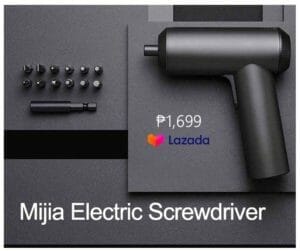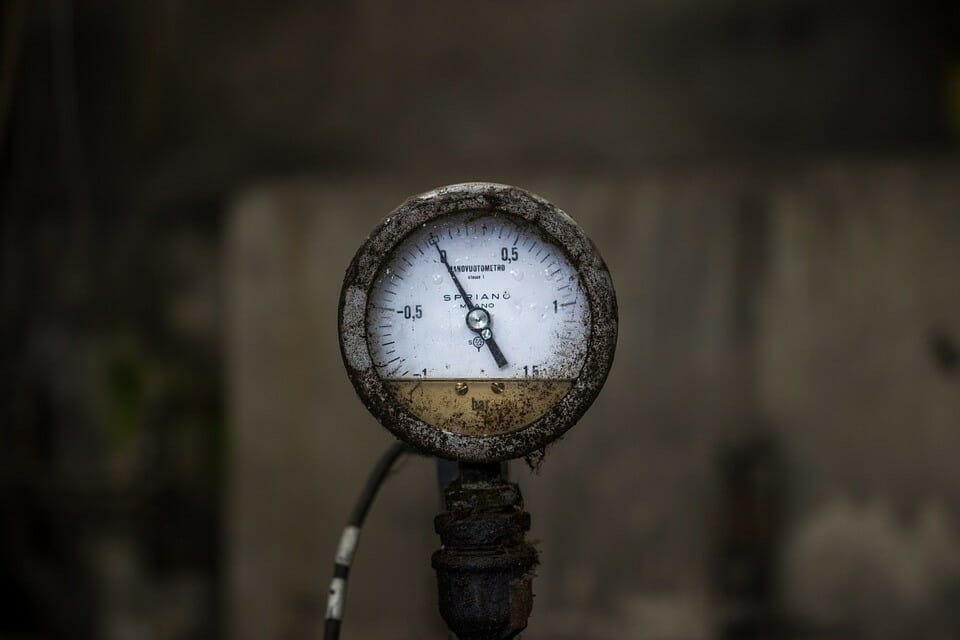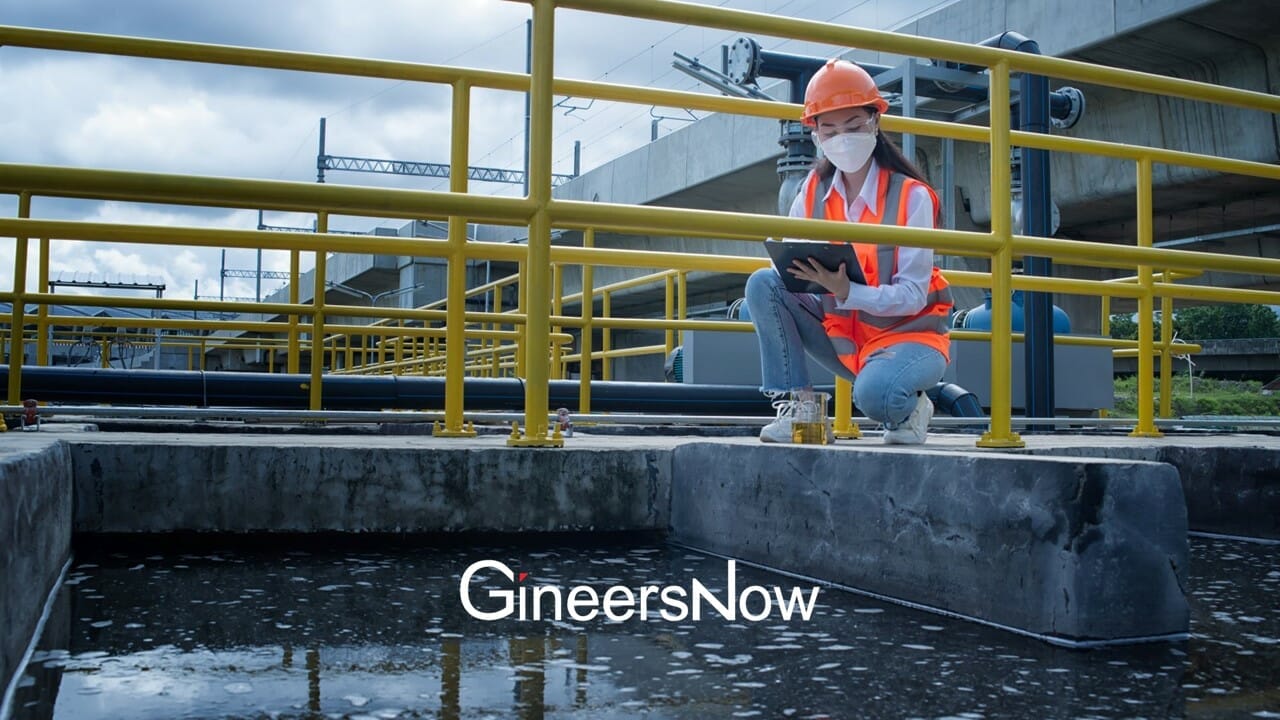If not as precise as other flow meter types, variable area (VA) flow meters are reliable and simple. This technology has been, for the most part, used and leveraged all over the industry over time very effectively.
VA flow meters come in many types. However, fundamentally, gas or liquid should go through a constraint in the meter body, driving an increase or boost in the area, which is computable by relation.
In applications wherein you only need to get or know the flow indication, the variable area flow meters is of help. This technology may be simple and uncomplicated. However, they are effective for calculating and gauging the flow of steam, gases, or liquids. For a little help, here’s what you need to know more about variable area flow meters. So, take a read!

How It Works?
This flow-measuring technology is a simple but undoubtedly versatile device for all kinds of steam, gases, and liquids. They function or run on the VA principle, by which a flowing fluid alters or reforms the position of a vane, piston, or float to allow access to a large area for the transit or passing of the fluid.
The vane, piston, or float’s position is utilized to yield a direct visual flow indication of the flow rate. During the operation, gas, steam, or fluid moves through the inverted conical tube from the lowest point to the top, bringing the float toward a higher level.

Because the tube’s diameter expands in the upward route, the float moves upwards to a point where the float’s upward force, generated by differential pressure throughout the annular gap between the tube and the float, is proportional to the float’s weight.
Three forces are working on the float: the buoyancy force, the constant gravitational force, and the flow resistance force. The flow resistance and buoyancy forces are working in an upward direction, while the gravitational force works in a downward direction.
The gravitational and buoyancy forces are constant when the float is not moving. Also, the flow resistance force must be constant. In a floating state, the tally of flow resistance and buoyancy force is equal and opposite to the gravitational force. The float position is also equivalent to a flow rate, which is readable off a scale.

The VA flow meters’ main advantage or good point is that the flow rate corresponds to the orifice area. Therefore, it can be directly proportional to the float’s vertical displacement. In turn, unlike most DP systems, using the square root extraction is unnecessary.
VA Flow Meter Types
Generally, there are two types of variable area flow meters: Piston and Rotameters. Firstly, the piston-type meter is precisely placed inside a sleeve and is raised or heaved by fluid pressure until an adequate or ample post area is open to allow the transit of the flow. Also, the flow is determined by the piston’s position.
Secondly, in rotameters, a plummet or weighted float stored in a vertical tapered tube is raised or heaved to a floating state between the upward force of the fluid and the downward force of the plummet, aside from the buoyancy effect of the liquid passing the float via the annular orifice. You can read the flow rate by determining the position of the float.

Performance Attributes
The flow rate observed in a VA flow meter is, for the most part, corresponding to the area, and in turn, most variable flow meters have fundamentally proportional-scale increments. A critical performance characteristic of this flow-measuring device is that the pressure loss through the float is unchanging.

The overall DP through the flow meter will expand at higher flow rates due to the friction losses across the fittings. Moreover, VA flow meter accuracy is ±2% in a full-scale reading. However, it will increase significantly with scale length and calibration. Also, repeatability is great.
Pros
There are plenty of advantages to using this technology. The following are some of them:
- Easy to install
- Can add signal transmitters and alarms
- Low cost of ownership
- Excellent for hazardous areas
- No required flow conditioning
- No power is required for the operation
- Extensive choice of materials
- Simple design facilities
- Accurate, repeatable measurement

Cons
Here are some of the drawbacks of using this technology:
- Sensitive to changes in pressure and temperature
- Pulsating flows will influence the readings
- There are more precise technologies available in the market
- Low turndown ratio
- Dirty fluid may impede readings

Takeaway
Because variable area flow meters are known for their low cost and affordability, they are commonly used in many industries. They are usually among the most accurate solutions for flow measurement applications. But before using this technology, know if it suits your application.
Author’s Bio:

Sylvia Hopkins is a writer and blogger who specializes in email marketing campaigns and ghost blogging. She writes about flow measurement instrumentation, flow measurement applications, and technology. When not working, Sylvia spends quality time with her family and friends.













